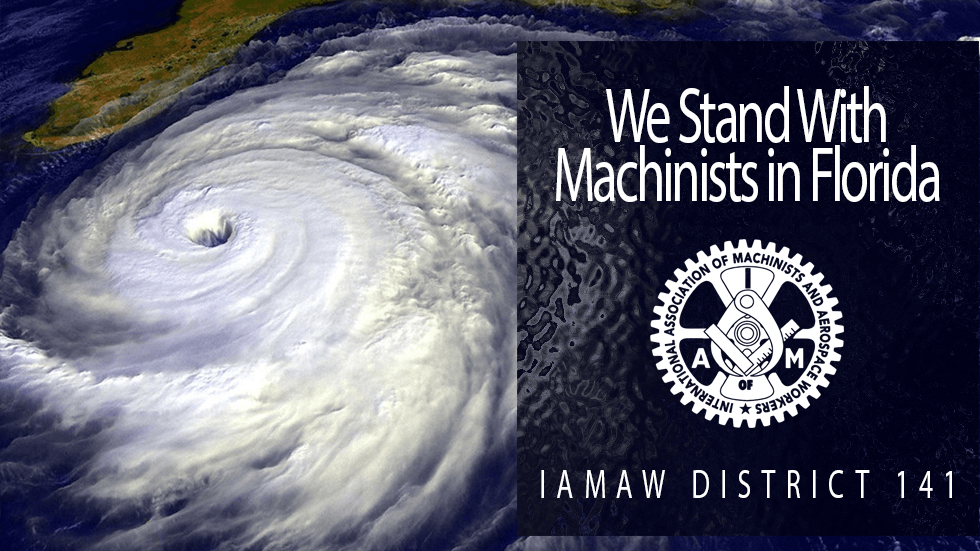
by Eric Price | Jul 18, 2023 | Featured News, Front Page, Other News, Recent News, Row 2, Safety
Here’s the Difference Between Heat Stress, Exhaustion, and Stroke IAM141.org July 18, 2023 Heat-related injuries and sickness can often be hard to understand because the words used to describe them can be tricky. With hot weather warnings in the U.S., it’s...

by Eric Price | Jun 29, 2023 | Front Page, Other News, Recent News, Row 2, Safety
Ingestion Fatality at SAT Airport Ruled a Suicide IAM141.org June 29, 2023 In a tragic incident late Friday night at San Antonio International Airport, a ground crew member, David Renner, 27, lost his life after he was pulled into the engine of a Delta Air Lines...

by Eric Price | Dec 15, 2022 | Front Page, Page Five, Page Four, Page Two, Perusals, Row 2, Safety, Uncategorized, Video
VIDEO OF HORROR ACCIDENT AT DELTA: Latest Information Safety15 December 2022 Camdyn Harris, an Atlanta-based Fleet Service Worker at Delta Air Lines who was struck and crushed by a passing lav truck while guiding an aircraft into her gate, is alive and, while severely...

by Eric Price | Oct 18, 2022 | American, Front Page, Page Five, Page Four, Page Three, Page Two, Perusals, Row 2, Safety, Spirit
Dennis Spencer Named Safety Director for American, Spirit Members Safety18 October 2022 Dennis Spencer, Safety Chairman from Local Lodge 1776, has been appointed to Safety Director for District 141, overseeing safety programs for Union Members at American Airlines and...

by Eric Price | Sep 28, 2022 | EAP, Front Page, Page Four, Page Three, Page Two, Row 2, Safety, Uncategorized
Hurricane Ian: Emergency Toolkit IAM141 EAP28 September 2022 Florida’s airports are being hammered with sustained winds of over 150 mph from Ian, which is on the cusp of becoming a Category 5 Hurricane. A hurricane of this magnitude passing over an area as...

by Eric Price | Jun 17, 2022 | Front Page, GOIAM Stories, Page Five, Page Four, Page Three, Page Two, Row 2, Safety, Uncategorized
Machinists Union Supports Bill to Toughen Safety Rules for Foreign Repair Stations GoIAM.org17 June 2022 Washington, June 16, 2022 – The International Association of Machinists and Aerospace Workers (IAM) applauds the U.S. House Transportation and Infrastructure...







